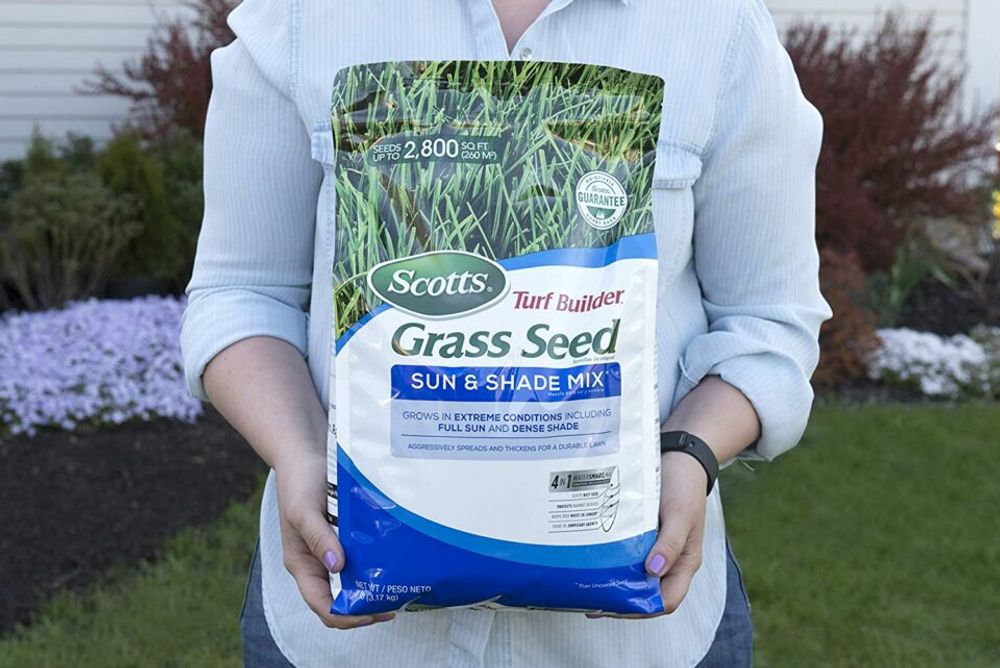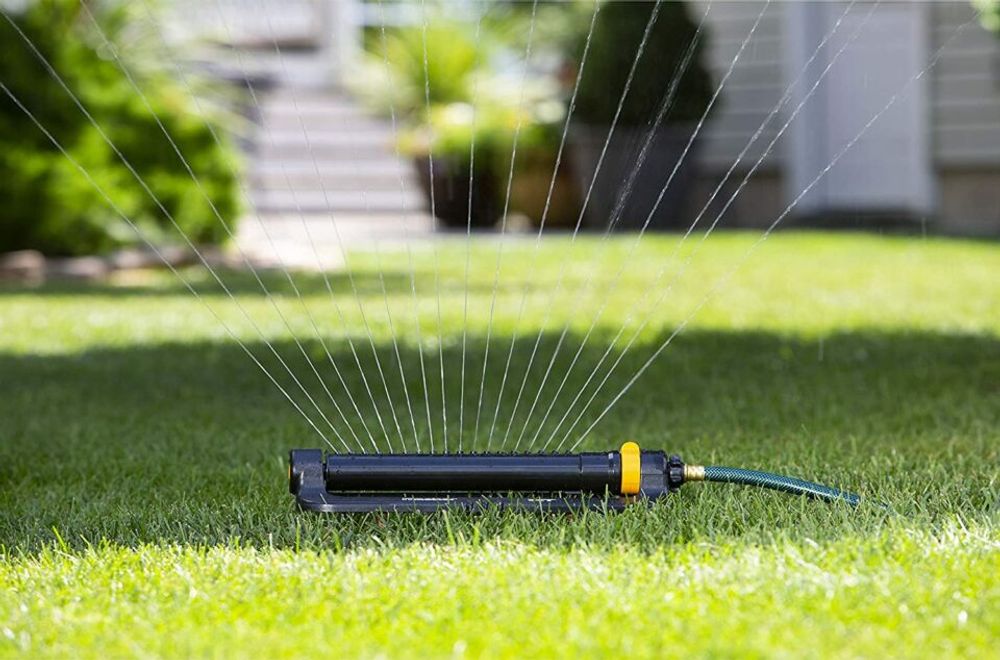Want to beautify your lawn but not sure where to start? Then let us help you narrow down your search for the best types of grass for your lawn.
View in gallery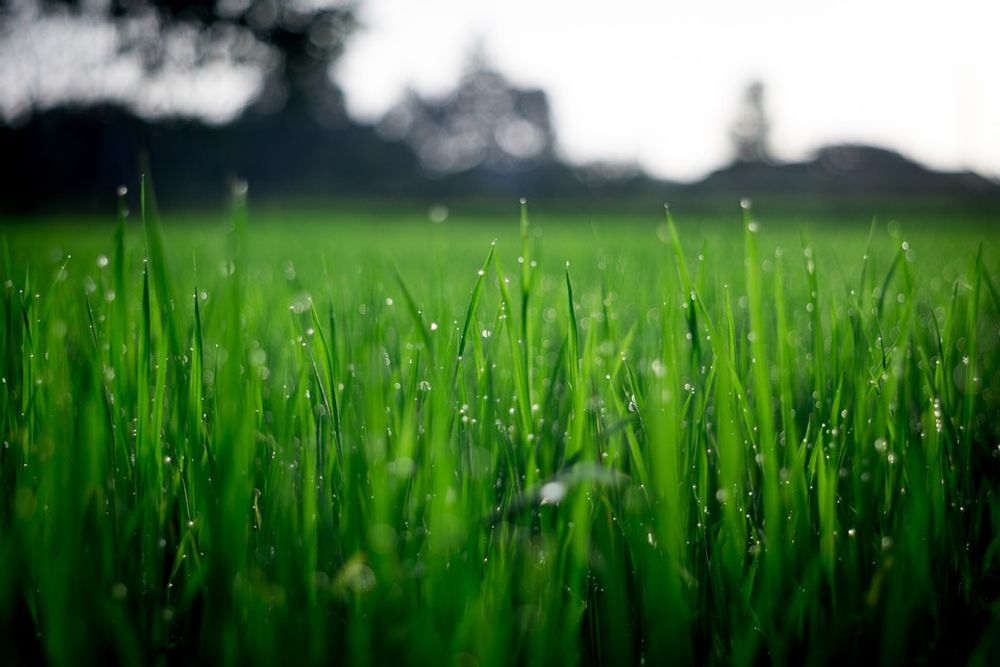
Table of Contents
When we say grass, we aren’t talking about the kind you smoke. And in the words of Hank Hill, “why would anyone do drugs when they could just mow a lawn?”
Although Hank Hill is a fictitious character of 90s cartoon fame, he can teach you a thing or two about lawn care. And the types of grass available.
However, if you’re not a lawn savvy Texan – and don’t have time to binge 13 seasons of King of the Hill – it can be tricky knowing where to start.
For the roughly 80% of Americans with a lawn, it’s important to know what types of grass work best for your region. Because the last thing you want is to put your heart and soul into your lawn for it to die on you. Especially after becoming a new homeowner without lawn care experience.
This is why we have 12 of the best types of lawn grass and ornamental grass to beautify your lawn.
Looking for some indoor greenery? Learn about the different types of succulents.
The Different Types of Grass
While it seems simple at first, it can be overwhelming once you learn how many types of lawn grass there are. Between regional grass types and ornamental grasses, you’re either in for a lot of trial and error. Or a lot of research.
So, if you’re unsure which of the different types of grass is best, say no more! Because we’ve broken down the different types of grass to help you have the best lawn on the block.
Northern Grass Types
If you live in the Northern United States, these are four of the best types of lawn grass.
1. Kentucky Bluegrass
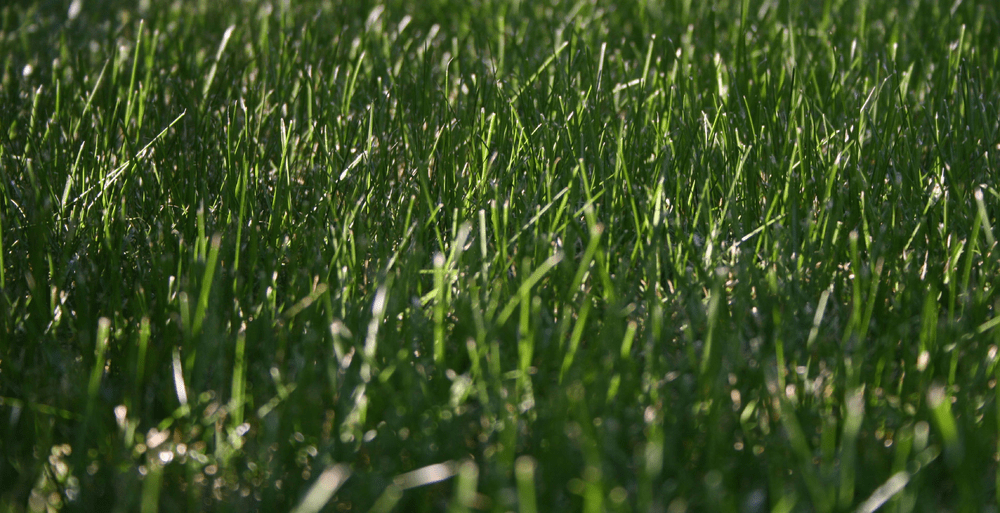
Kentucky Bluegrass is an excellent choice for lawn grass for those living in a cool climate. Due to its tolerance for cooler weather, it makes for hardy grass in the winter months.
However, it doesn’t do well in extreme heat because of its shallow root system.
If you’re planning on planting Kentucky Bluegrass, patience is key. When comparing it to other types of grass, the germination process is slow.
But the payoff is worth it. And your lawn will be a lush beauty amongst your neighbors. Plus, Kentucky Bluegrass is a perennial. So, your grass will come back for years to come.
2. Fine Fescue
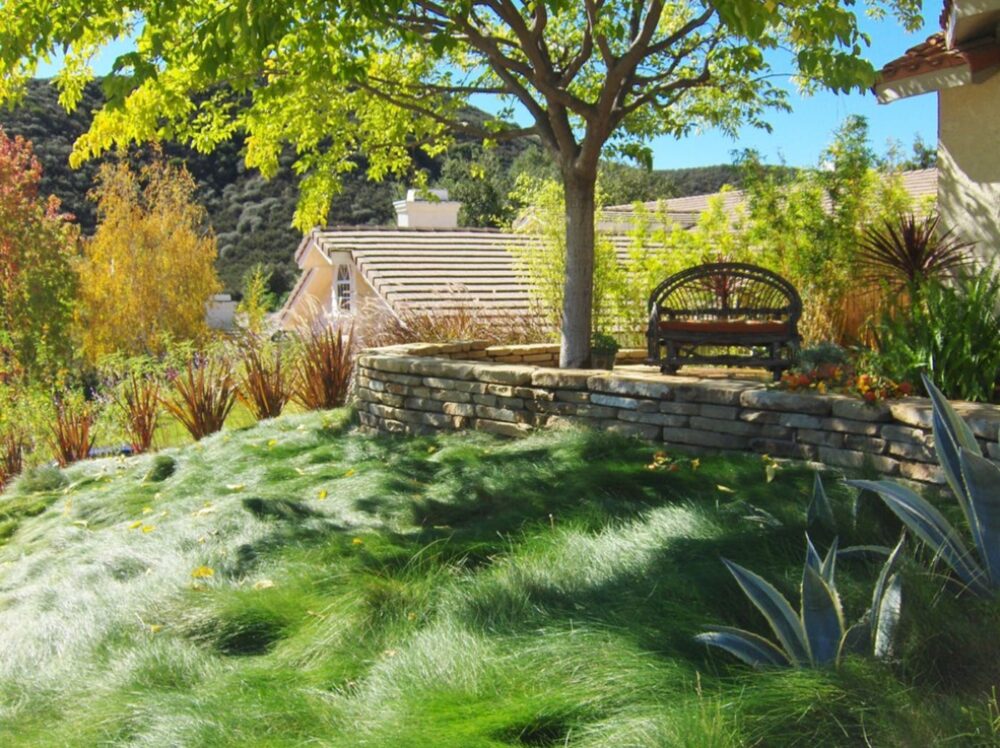
With a multitude of varieties, fescue grasses make an excellent Northern grass type.
Odds are, if you purchase a seed mix, it will have some variety of fescue seed. Mainly because fescue does so well in the cooler months.
And can hold up against common wear. So, go ahead and enjoy your yard, your fescue grass can handle the heavy foot traffic.
However, if the heat gets too extreme, you’ll have to put in some work to keep your lawn from browning. But luckily, fescue is also a perennial. This means any work you put into your lawn won’t be a waste of time.
3. Ryegrass
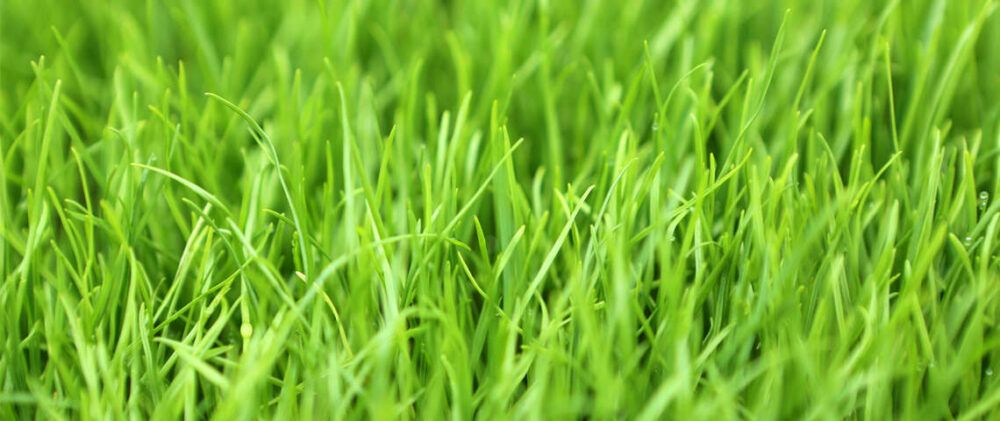
If you want your lawn grass to hold up year-round, ryegrass can help you achieve that goal. Although, it won’t hold up against extreme winters. So, if you live in a northern region that experiences heavy snow and frost, your lawn may not endure.
However, if you’re willing to give ryegrass the care it deserves, your lawn will be shiny and soft when it’s healthy.
And once you plant ryegrass, it will grow quickly. Because of its rapid growth and its ability to hold up in cool climates, you’ll find ryegrass in many seed mixes.
Ryegrass does require a fair amount of watering. But as long as you find a sweet spot, you’ll have a beautiful lawn to enjoy throughout the year.
4. Bentgrass
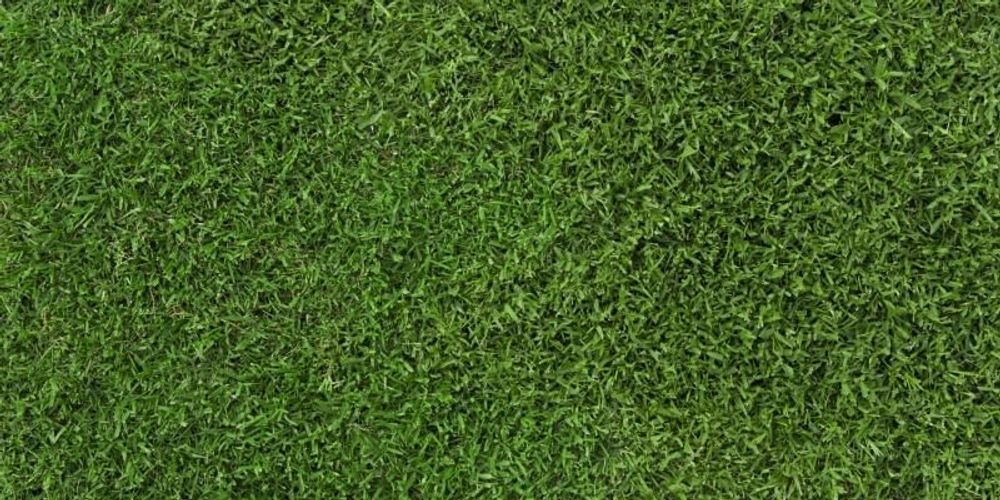
One man’s weed is another man’s resilient grass. While the South considers bentgrass a nuisance, it makes for an excellent northern type of grass.
Because of the way bentgrass spreads, it produces a thick mat and has shallow roots. The resulting blades are blue-green in color and hold up very well to wear and tear.
For the best bentgrass growth, you’ll want to plant it in a region with cool nights. And if you live in the North, bentgrass is a perfect low maintenance option.
Or you can mix bentgrass seed in with other grass types you like. The result is a lush lawn with a better chance of surviving the colder months.
Transition Grass Types
For those living somewhere between the North and South, these are the three types of grass best suited for your lawn.
1. Bermuda Grass
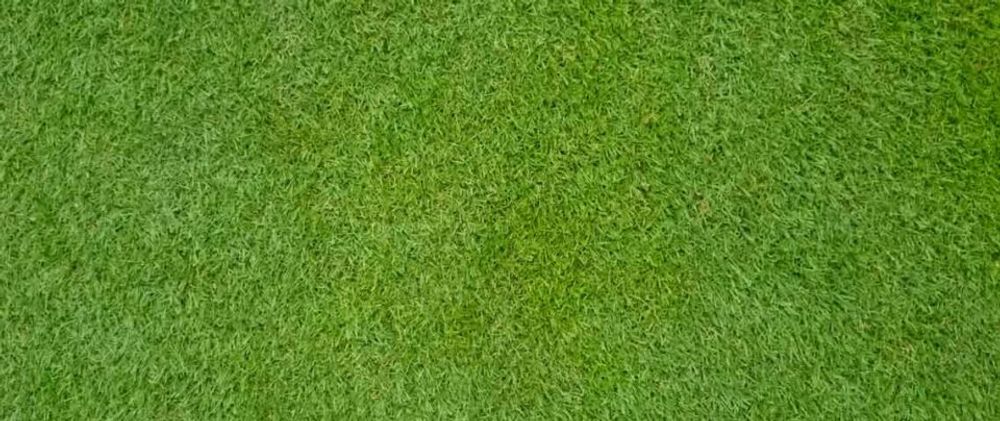
While the South is known for its warm, humid summers, it can still get pretty cold. And you need a grass type that can survive a cold snap. Luckily, Bermuda grass does well in the warm months and holds up in the chilly months as well.
For Bermuda grass to thrive, you’ll need a lawn with full sun exposure.
And keep in mind that Bermuda grass loves water. However, it fares well with infrequent watering during dormant months.
If establishing a new lawn, Bermuda grass is best grown from seed. So, you’ll have to be ready to wait several weeks before significant growth occurs.
2. Zoysia
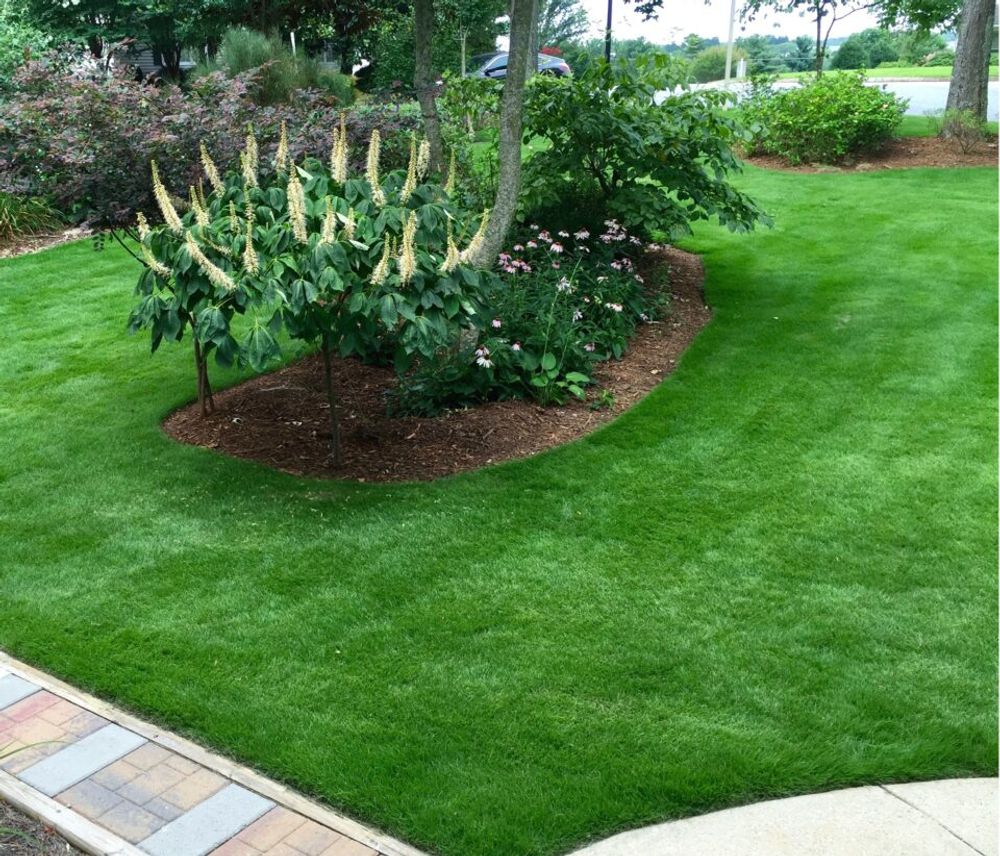
Do you love the look and feel of a golf course? And you live in a transitional region? Then zoysia grass might be right for you.
Not only does it hold up well against disease. But it is less prone to insect damage compared to other grass types.
And zoysia grass requires very little maintenance. Because it grows low and slow, you rarely need to mow it. But it will need a great deal of watering.
During colder months, zoysia grass goes dormant. But in the warm, wet summer, it will gradually grow back. Which makes it a fantastic choice for those that don’t want to spend their entire year worrying about their lawn.
3. Buffalo
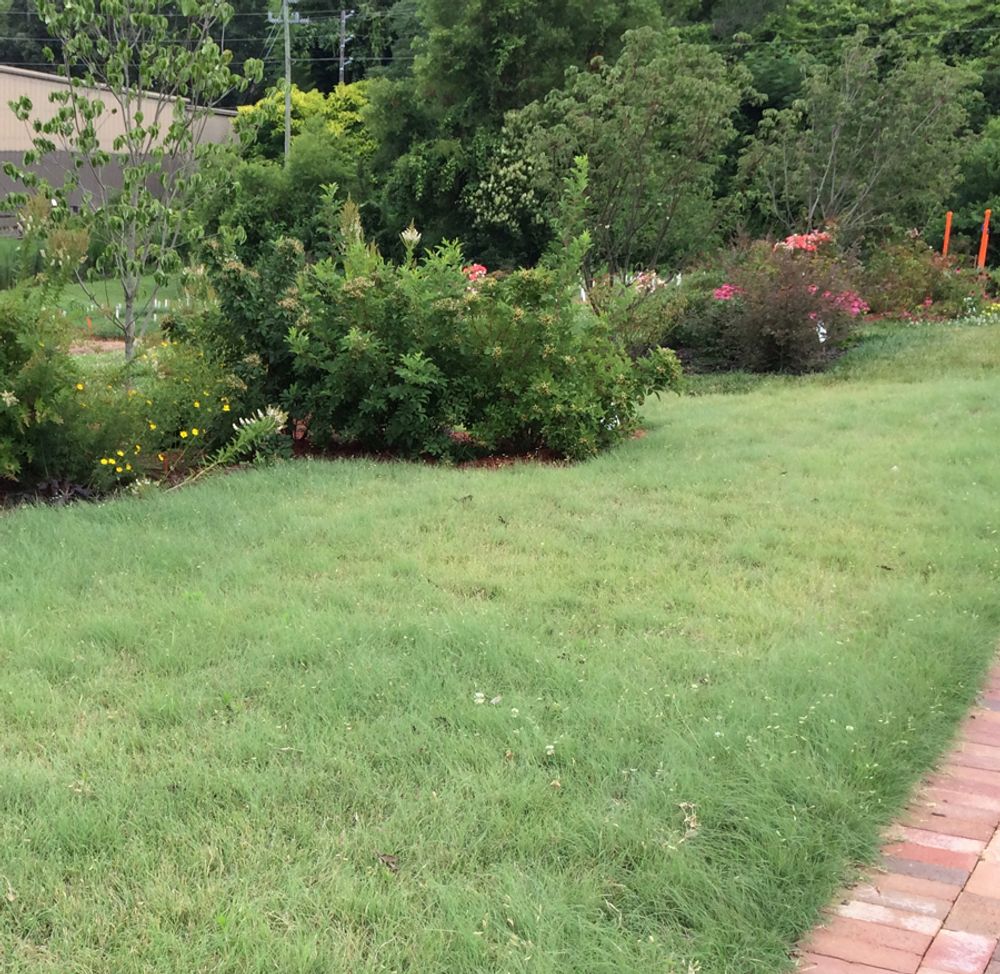
Do you live in the transition region? Do you need grass that can tolerate both warm and cold temperatures? Well, buffalo grass is a popular transition grass for that reason.
Because buffalo grass tolerates many weather conditions, upkeep is minimal. And you won’t have to water very often as it’s drought tolerant.
However, when taking care of a buffalo grass lawn, you’ll want to fertilize in spring and mid-summer. And mowing should take place once a week to a height of roughly 2 inches.
Unfortunately, buffalo grass tends to allow for weed growth. So, you’ll need to be mindful of weeding or treating your lawn.
Southern Grass Types
If you’re living in the South and want to avoid a brown lawn. Then these are the types of grass you want.
1. Centipede Grass
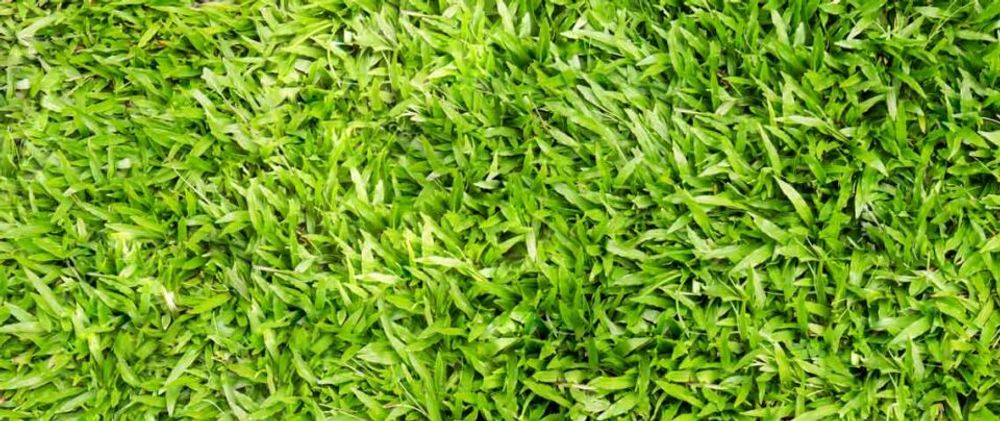
If you’re looking not to put very much effort into your lawn, then centipede grass might be the way to go. That is because this southern grass is very low maintenance.
Centipede grass does well with minimal mowing. And can handle a decent amount of foot traffic. So, you can hold off on yelling, “get off my lawn.”
This bristly, short grass is light green in color and can withstand medium shade coverage.
Although centipede grass will brown during a cold snap, it can bounce back. And it will keep coming back year after year.
2. St. Augustine Grass

For lawns across the southern coast, St. Augustine is one of the most popular types of grass. And for a good reason. It’s both an attractive choice and a hardy grass type.
And it’s Hank Hill’s top choice for lawn grass.
But St. Augustine does require a great deal of maintenance. However, thanks to its thick growth, St. Augustine is less susceptible to weed growth.
In order to ensure healthy growth, St. Augustine grass needs a lot of water. And it thrives in tropical climates where there is adequate moisture.
For this reason, it’s a type of grass that does not fare well in drought conditions. So watering is crucial.
Ornamental Grass
Is your lawn looking a bit bare? Need something to add texture and depth to your yard? Then add some ornamental grass types to mix things up a bit.
1. Pampas Grass
View in gallery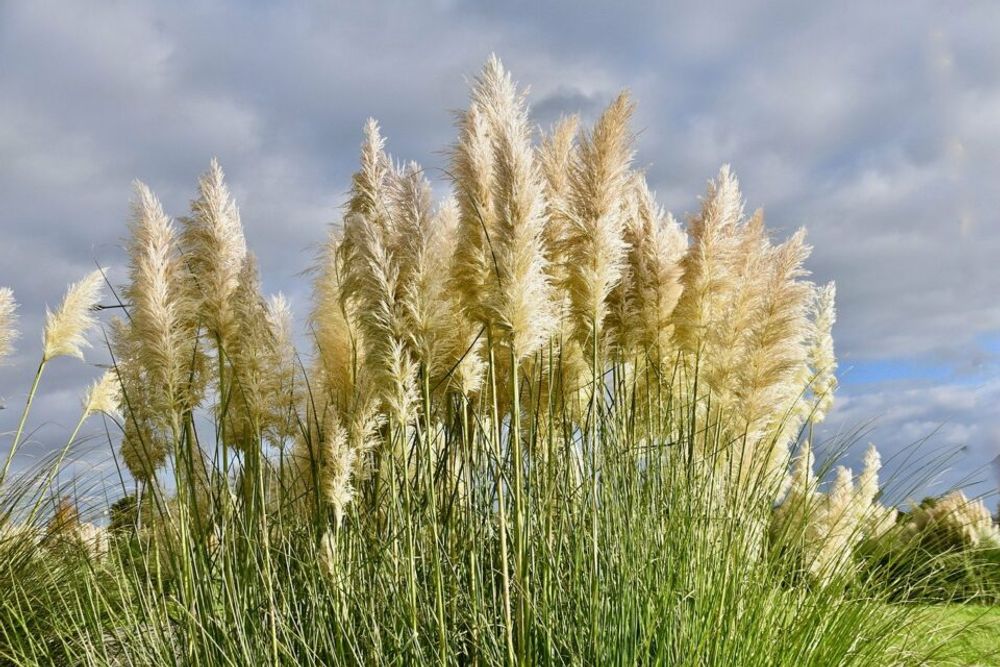
Do you have a large area in your lawn that needs to be filled? Maybe a border that you’d like to define? Adding ornamental grass can help add variety and break up the monotony in your lawn. And pampas grass is excellent for adding to large areas.
But be weary! Because pampas grass grows incredibly fast. And it can grow to be as high as 10ft. With a width to match.
Before you plant pampas grass, make sure it can thrive in your region. You’ll want to be able to provide it with plenty of sun, along with well-draining soil.
In order to properly care for your pampas grass, you’ll want to cut it down to its base in the winter months. But don’t worry, it will grow back lush and beautiful in the spring.
2. Bamboo
View in gallery
If you really want to draw attention to your lawn, plant some bamboo. While it’s often mistaken for a tree, bamboo is actually the tallest member of the grass family.
Because of the height bamboo can achieve, it’s a great option for a natural privacy fence.
By planting it around the perimeter of your lawn, you can easily create a barrier between property lines.
And bamboo is known for its rapid growth. So, you won’t have to wait long for it to reach those great heights.
3. Pink Muhly Grass
View in gallery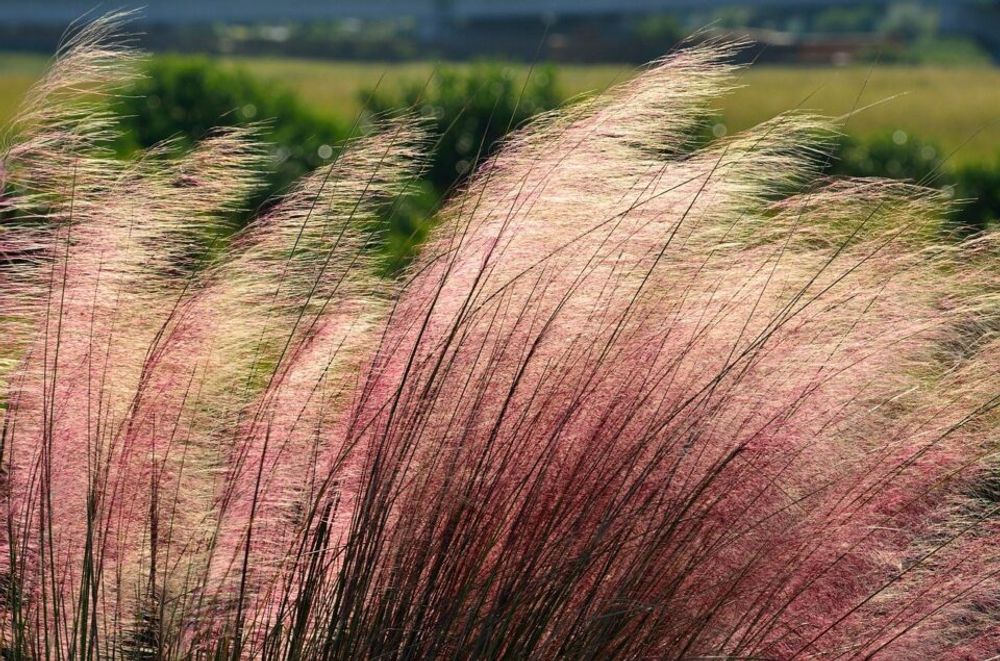
One of the biggest perks of adding ornamental grasses to your lawn is that they are low maintenance. But it’s even better when they are both low maintenance and beautiful.
And out of all the ornamental grasses you can have, pink muhly grass is among the most striking.
In order to ensure proper growth, you’ll want to plant either in the early spring or fall. Because they’re so low maintenance, you can sit back while they grow throughout the year.
But come time for fall, they burst and bloom in all their cotton candy pink glory. A truly magnificent experience before a dreary winter.
Frequently Asked Questions About Grass
View in gallery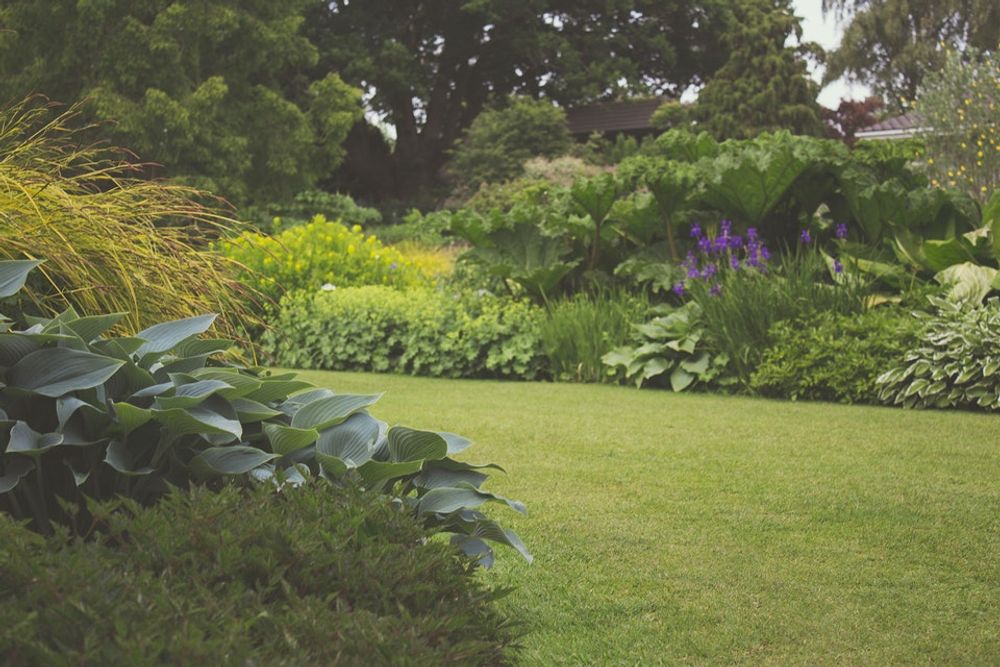
It can be complicated knowing where to start when it comes to maintaining a beautiful lawn. Which is why we have answered some of the most common questions about taking care of your grass.
1. What Kind of Grass Do I Have?
When you already have an established lawn. And you want to care for it properly. So the first thing you want to do is determine the region you’re in.
Once you know if you’re in the northern, transition, or southern region, take a closer look at your grass. Ask yourself –
- How fast does it grow?
- Does it grow in clumps? Or does it creep across the lawn?
- Does it have tall or short blades?
Then, review our list of types of grass to see if one listed matches your lawn.
But if you’re still unsure, there are a plethora of apps that help determine what plants you have in your yard.
2. When Should You Plant Grass?
View in gallery
Overall, the best time of year to plant grass seed is in the fall. This will give the seeds adequate time to germinate before the spring season.
And since most types of grass grow dormant in the winter, you won’t have to worry about maintenance.
3. How Frequently Should You Water Grass?
In order to guarantee your lawn grass stays healthy, watering it is crucial. But how much water? And when?
Because lawns require different maintenance strategies, we’ve broken down preferential water patterns by season.
- Cool Season Grasses
You’ll want to water cool-season grasses once a week until the season ends. Typically this is through the fall months and into the winter months until the first major frost.
- Warm Season Grasses
Water these grass types frequently throughout their growing season in the months of spring and summer. And on into the fall months.
Along with scheduling proper months to water your grass, you’ll want to water at the right time. Which is in the morning hours, to ensure evaporation doesn’t lead to inadequate water absorption.
4. When Should You Fertilize Your Lawn?
Since you want a lush, healthy lawn, you’ll want to fertilize.
Begin with a dose of fertilizer in the spring. Then follow up throughout the summer months. And on into the fall.
Make sure you water before and after you fertilize. And never use fertilizer right after mowing your lawn. Instead, you’ll want to wait to fertilize a couple of days after you mow.
5. When Should You Mow Your Lawn?
View in gallery
First, you’ll want to “deadhead” your lawn. So, before your lawn comes back from a dormant season, you can rid your lawn of the dead grass. And then your grass can grow back strong and healthy.
Ideally, you’ll mow your grass once a week. Unless of course your type of grass grows at an extremely fast pace!
However, the longer you can let it grow, the better when you first plant grass. This is because as it grows, the root system will strengthen, which ensures a healthy lawn of grass.
Plus, longer grass helps reduce weed growth. So, let it grow to around 2.5 inches before taking a lawnmower to it.
Tools to Help Keep Your Lawn Beautiful
In order to keep your lawn beautiful, you’ll need the right tools. Below are three necessities for any beautiful lawn full of healthy grass.
1. Scotts Turf Builder Grass Seed – Sun and Shade
Ready to kick start your grass game? Then beautify your lawn with Scotts Turf Builder Sun and Shade Seed Mix. You’ll have a healthy lawn regardless of how much sun or shade your yard gets.
2. Melnor Turbo Oscillator with Range Adjustment
Don’t feel like standing in your yard watering from the hose? Then get yourself the Melnor Turbo Oscillator. And water as much or as little as you want.
3. Greenworks 40v Push Lawn Mower
Achieve a picturesque lawn with Greenworks Push 40v Mower. Both cordless and lightweight, which makes it easy to use. So, no learning curve for first-time users.
Conclusion
There’s much more to grass types than meets the eye, especially if you’re just starting your lawn care education.
Hopefully you’ve found what you need to make the best choice for your yard. Or have found the types of grass best suited for your area.
Do you get the same high Hank Hill gets from lawn care? Or are you looking to find a low maintenance grass type?
Let us know in the comments!

